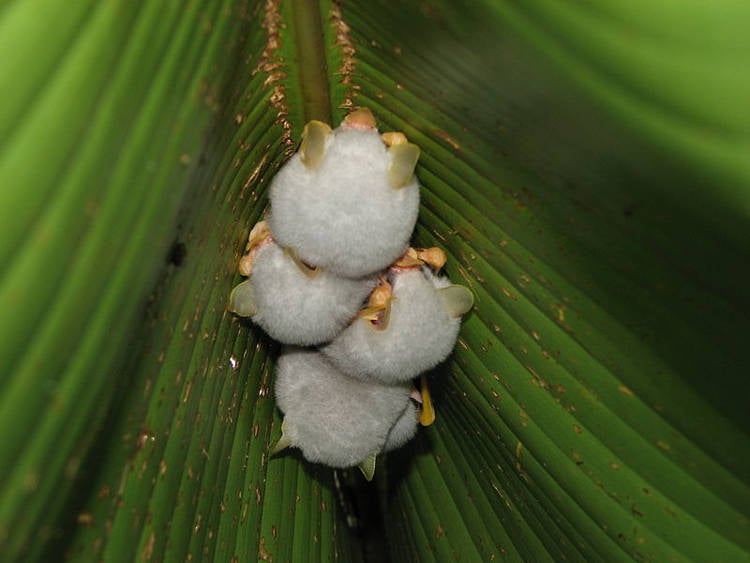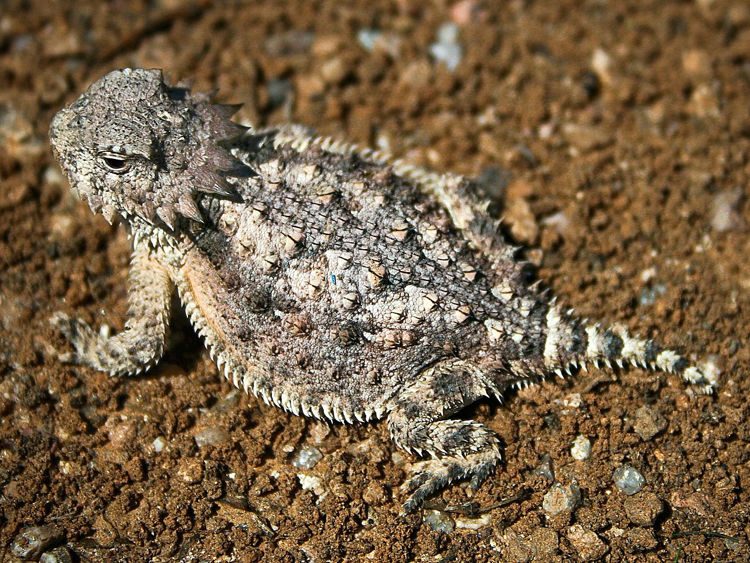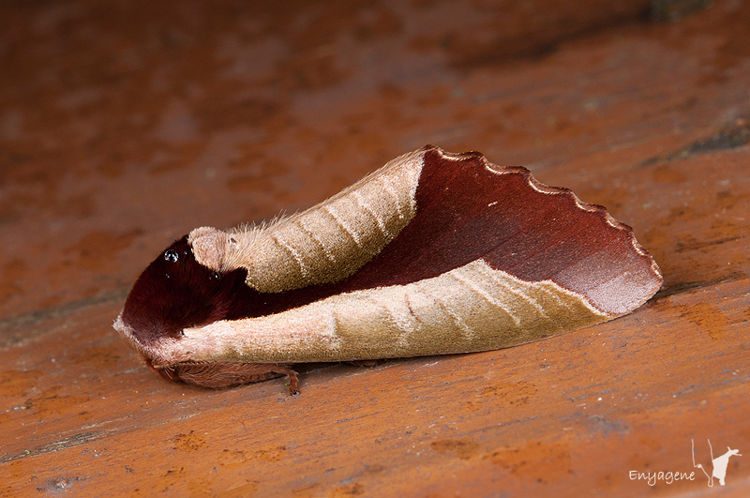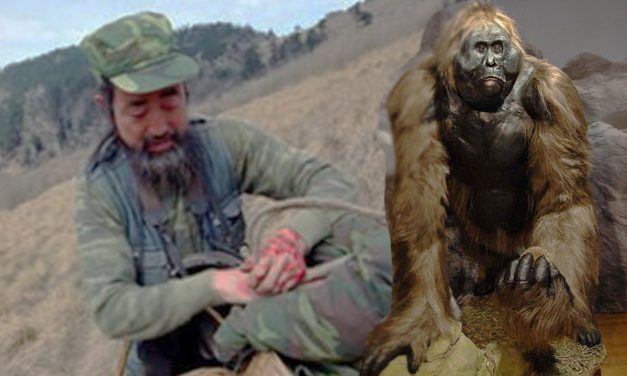German body-painting artist Jörg Düsterwald is a master of camouflage, taking nude female models and using body paint to conceal them in various environments.
Looking at one of Jörg Düsterwald’s signature camouflage pieces is like trying to solve a Where’s Wally’s puzzle, with some of the models blending so well into the background that you actually have to struggle to spot them. Düsterwald has been producing body art projects for the last 25 years, showcasing his body-painting skills in creative projects, including advertising and TV marketing campaigns, but it was his camouflage series that really made him internationally famous.





















